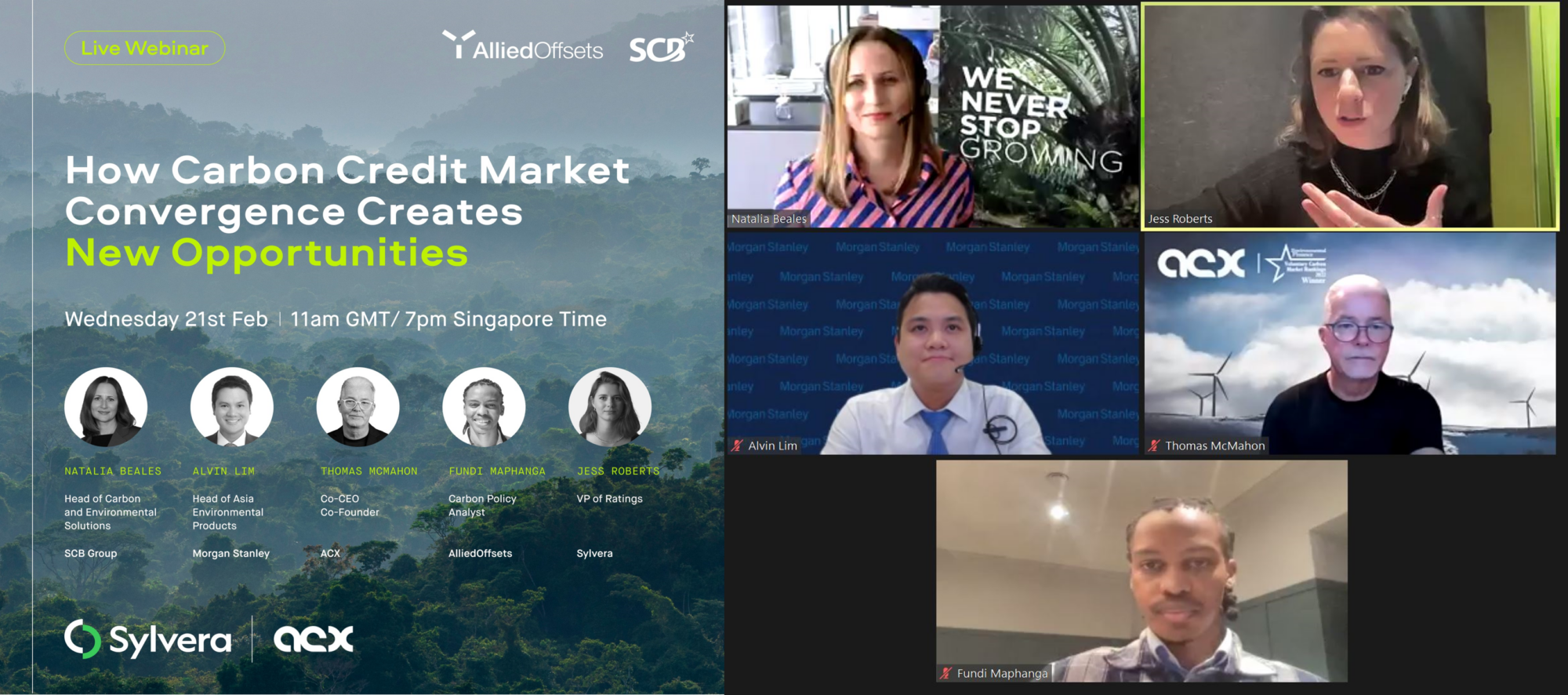A sea change – Driving awareness to confront climate risk
(Published March 31st 2020 on Risk.net)
Amid a global push towards green policies, the reality of overhauling how industries worth trillions of dollars operate is causing concern. A forum of market participants and sponsors of this report discuss the levels of awareness of climate risk and its prevention at all levels, whether current regulatory targets are achievable and where the responsibility lies for gauging climate risk.
The Panel
- Nazim Osmancik, Chief Risk Officer, Energy Marketing & Trading, Centrica
- Mayram Golnaraghi, Executive and Leading International Expert, Director of Climate Change and Emerging Environmental Topics, The Geneva Association
- Soledad Diaz-Noriega, Partner, Management Solutions
- Marion de Marcillac, Executive Director, ESG Products, MSCI
- Morgan Després, Head of Secretariat, Network for Greening the Financial System, and Deputy Head, Financial Stability Department, Banque de France
- Peter Plochan, Principal Risk Management Advisor, SAS
- Naeem Siddiqi, Senior Advisor, Risk and Quantitative Solutions, SAS
- Kevin McGeeney, Chief Executive, SCB
- Adityadeb Mukherjee, Head of Climate Risk Management, Standard Chartered
- Aiman El-Ramly, Chief Business Officer, ZE PowerGroup
Please find below our CEO’s – Kevin McGeeney – responses to the questionnaire. To see the full report, please click this link.
To what extent are financial and energy firms still in denial about climate change?
Kevin McGeeney, SCB: We should bundle climate change deniers with those who draw up short of doing enough. Inaction ends up in the same place as denial. More broadly, equating denial and inaction, financial and energy firms are nowhere near where they need to be on climate change. However, if expressing concern was enough, the financial and energy industries could be regarded as fully prepared for climate change.
How realistic is the Paris Agreement on climate change’s target of keeping global warming to “well below” 2º Celsius above pre‑industrial levels?
Kevin McGeeney: It is not credible to believe the Paris Agreement goals of 1.5ºC or even 2ºC can be attained solely through government compulsion on reluctantly co‑operative companies. The pace of industrial change through compelled actions is too slow. For example, a gallon of road transport fuels has been decarbonised by 7% over 15 years of forceful programmes in the US and European Union. That is an example of slowness and a lack of ambition from the top. However, to achieve even that goal, the people working in the space did so diligently and enthusiastically.
What role should regulatory stress-testing play in helping the financial industry assess climate risk?
Kevin McGeeney: Once investors gain sight of the climate stress tests in the financial industry, they may take their investments elsewhere, which can be a catalyst for change. Studies show that ESG investing has higher returns and lower volatility. That is why the sector has grown to upwards of $30 trillion in capital in just a few years.
Whose responsibility is climate change within financial and energy firms – and whose should it be?
Kevin McGeeney: Boards of directors need to regard climate risk as their responsibility. Climate risk needs to be embedded in all strategy and risk management – and not thought of as a separate workstream. It requires significant effort to incorporate such changes throughout a firm. Unfortunately, I believe most companies will not be able to make such changes.
How can firms best incorporate climate risk within their strategic and risk management frameworks?
Kevin McGeeney: Better data is becoming available, which is improving modelling. Case studies are gaining more publicity and seeing best practice assists all of us in moving forward. Embedding climate risk data and best practice throughout a company is the best way of addressing climate risk. If a company has built a separate silo to address climate risk, it will then need to disseminate the information and responsibility throughout the organisation.
How are firms’ approaches to climate risk modelling evolving, and what are the key challenges in modelling exposure?
Kevin McGeeney: Climate risk for a company starts as a data task. It’s linked to putting a true price of carbon on every aspect of a company’s activities. Access to accurate pricing is difficult, and much of the emissions analysis is assumption-heavy. However, it’s quickly getting much better. Once the data has been assessed and emissions and carbon prices established, there will be the twin track of getting to net zero – first via carbon credits, and second by process and industrial change.
What are the most important metrics for measuring climate risk? To what extent have firms been able to take advantage of new technology and analytics in this area?
Kevin McGeeney: The most valuable immediate innovation will be companies working with partners that can help track carbon footprint, and then identify carbon prices for different aspects of a firm’s activities. The single biggest metric for measuring climate risk is a genuine stress test on carbon pricing. In some industries, firms are already paying in excess of $450 per metric tonne for CO2 reduction. Identification of the risks is only the start of this process.
Where is the biggest potential for innovation in helping firms manage climate risk?
Kevin McGeeney: SCB has assisted companies under regulatory obligations to reduce CO2, with transactions that represent the abatement of more than 300 million metric tonnes of CO2. More recently, SCB has been working with companies volunteering to reduce or offset their emissions. This represents a big increase in scale. With scale can come better technological innovation to decrease the administrative burden in managing climate risk and working towards net zero. SCB is building its capacity to assist more companies across all sectors. Individual companies should try to keep the administrative burdens associated with a net-zero target as low as possible.
To read more about this subject, check out the Climate Risk Special Report 2020



